Taking care of a garter snake is easier than you might think—and surprisingly rewarding! These low-maintenance reptiles are great for beginners, as they don’t require fancy setups or constant attention. All they really need is a clean tank, proper temperature and humidity, fresh water, and a diet of worms or small fish. With gentle handling and a calm environment, garter snakes can become quite interactive and fun to watch. Whether you’re new to reptiles or just want a chill pet, a garter snake could be the perfect fit.
Choosing the Right Garter Snake
Selecting your garter snake is the first step on this exciting journey. These snakes come in various species and color patterns, from the common Eastern garter to the striking San Francisco garter snake. Think about what appeals to you most—some are bold and flashy, while others sport more subtle hues. It’s a good idea to choose a captive-bred snake, as wild-caught ones can be stressed and more prone to health issues. When you visit a breeder or pet store, take your time observing the snakes. Look for bright, alert eyes, a flickering tongue, and smooth, unblemished skin. Healthy garter snakes are active and curious, not lethargic or hiding constantly. Ask about the snake’s age, feeding habits, and overall health history. Remember, choosing a garter snake is like picking a new friend—take your time and trust your instincts.
Setting Up the Perfect Habitat
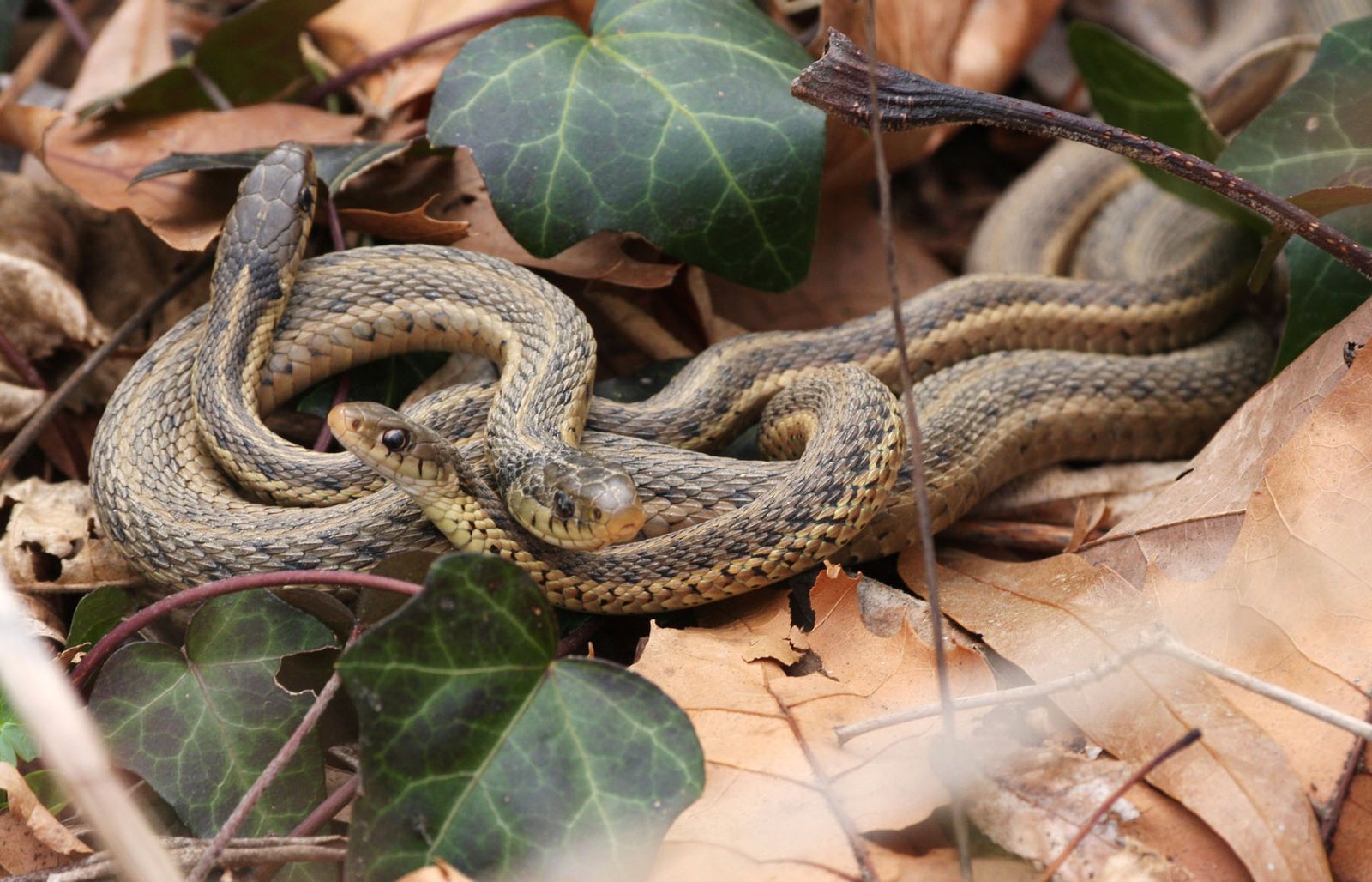
Creating a cozy and safe home is essential for your garter snake’s well-being. Start with a secure tank—at least 20 gallons for one adult snake, but bigger is always better. Garter snakes are escape artists, so make sure the lid fits tightly. Line the bottom with aspen shavings, coconut fiber, or even newspaper for easy cleaning. Add hiding spots using rocks, logs, or commercially available hides—your snake will appreciate a private place to unwind. Include a sturdy water dish large enough for your snake to soak in, as garter snakes love a good bath. Keep in mind these snakes like to explore, so adding branches and artificial plants will keep them entertained. Think of their habitat as a miniature jungle gym where every nook brings a new adventure.
Maintaining Proper Temperature and Humidity
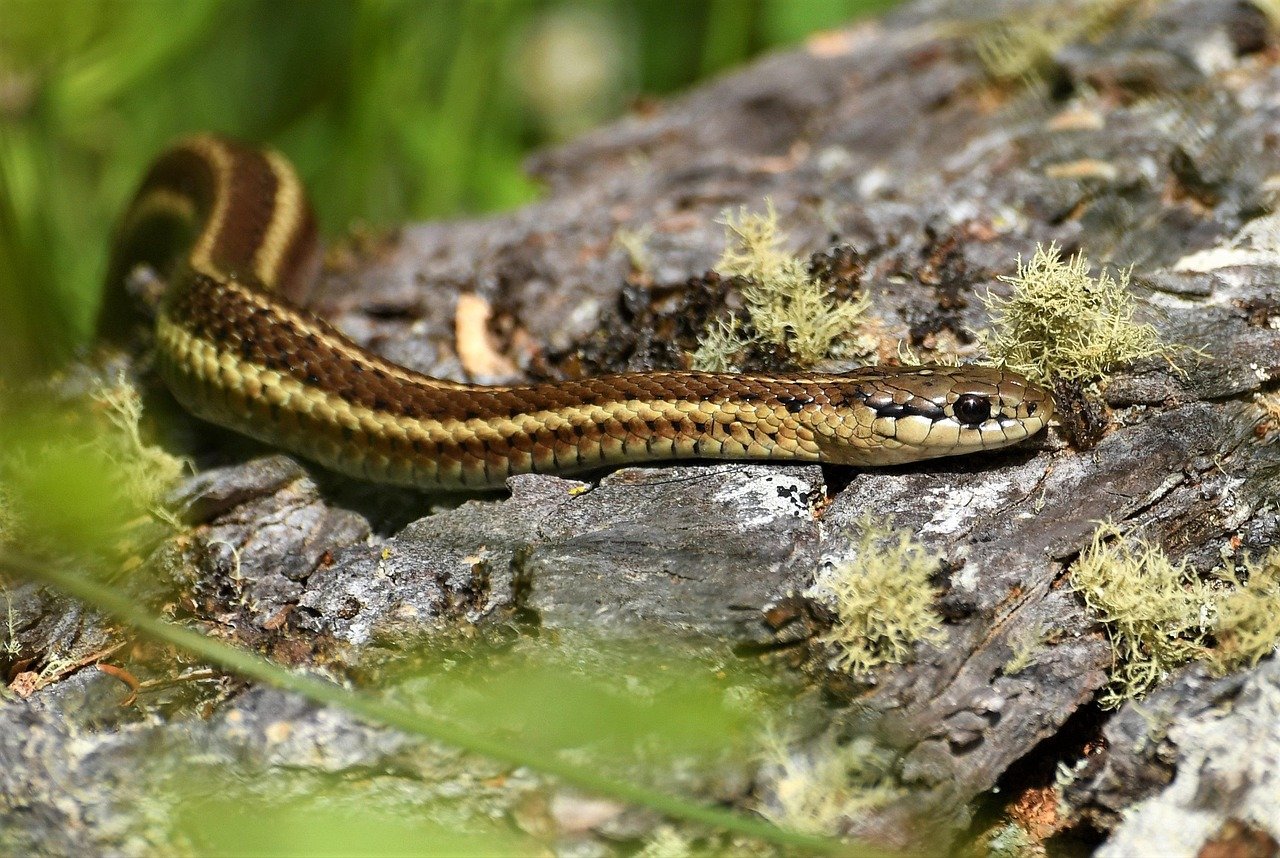
Temperature and humidity are vital for your garter snake’s health. These reptiles thrive in a temperature gradient, with one side of the tank around 85°F (29°C) and the other cooler, near 75°F (24°C). Use a heat lamp or under-tank heater, but always check the temperatures with a reliable thermometer. At night, allow the temperature to drop a bit, but not below 70°F (21°C). Humidity should stay between 40-60%. Too dry, and your snake may have trouble shedding; too damp, and you risk respiratory problems. Lightly mist the enclosure if needed, especially during shedding times. Creating the right environment is like setting the stage for a star performer—get it right, and your snake will shine.
Feeding Your Garter Snake
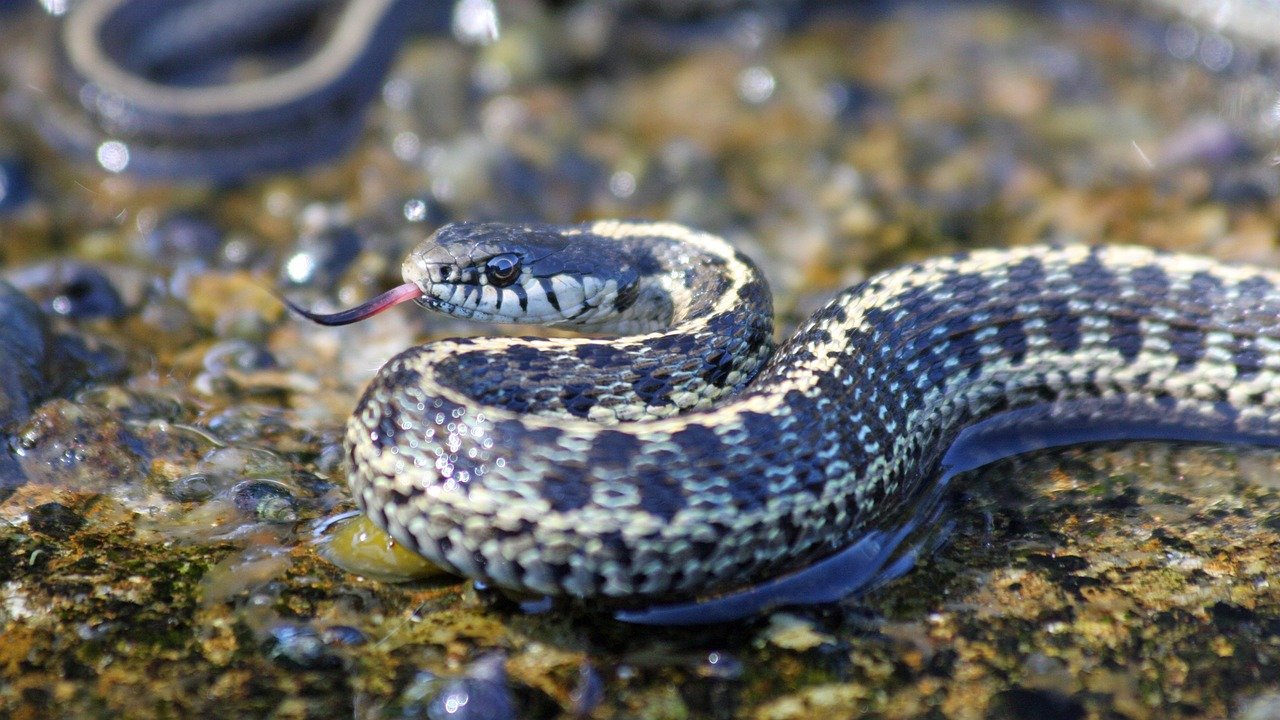
Garter snakes have unique diets compared to many other pet snakes. While they can eat rodents, they often prefer fish, worms, and even pieces of chicken or amphibians. Offer a varied diet to keep them healthy and interested—try earthworms, feeder fish like minnows, or pinky mice. Always avoid goldfish, as they can cause health problems. Feed young snakes every 3-4 days and adults once or twice a week. Remove any uneaten food after a few hours to keep the enclosure clean. Watching your snake hunt and eat is an exciting reminder of their wild nature. It’s a little bit of the outdoors, right in your living room.
Ensuring Cleanliness and Hygiene
A clean home is a happy home, and the same is true for your garter snake. Spot-clean the enclosure every day, removing waste and uneaten food. Change the water daily, as snakes often soak and may leave debris behind. Perform a deeper clean once a month—remove your snake, wash all surfaces with reptile-safe disinfectant, and replace the substrate. Pay attention to the smell; if you notice any strong odors, it may be time for a clean, even if it’s ahead of schedule. Cleanliness helps prevent disease and keeps your snake lively and healthy. Think of it as giving your pet a fresh start, day after day.
Handling and Socializing With Your Snake
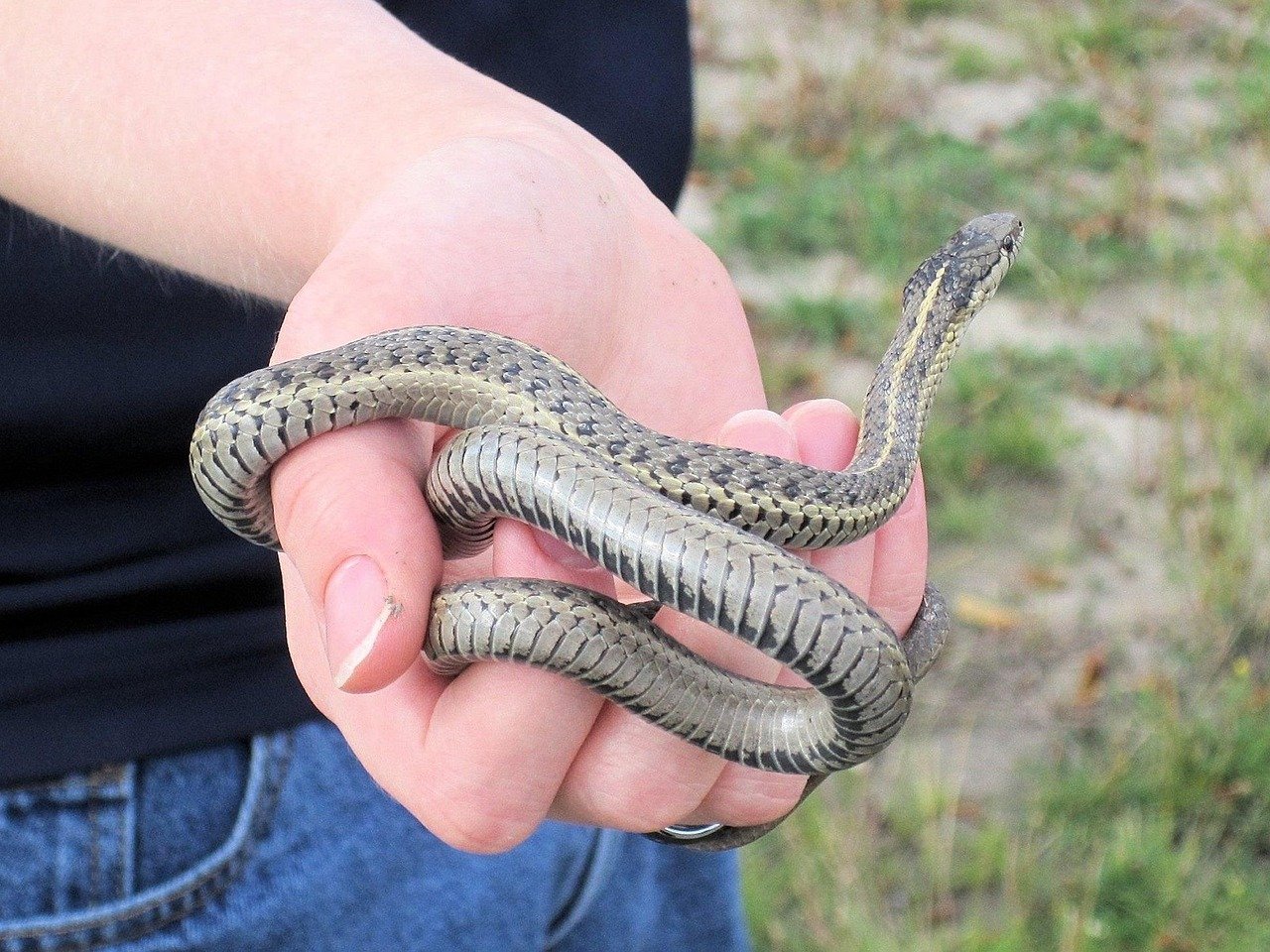
Many people are surprised to learn that garter snakes can become quite tame with regular, gentle handling. Start slow—give your snake time to settle into its new habitat before you attempt to pick it up. Support its body fully, and avoid sudden movements. Handle your snake for short periods at first, gradually increasing as it becomes more comfortable. Each snake has its own personality; some will be curious and bold, while others may be shy. Over time, your snake may even learn to recognize you and seem to enjoy your company. Building this bond can be incredibly rewarding, turning your snake from a simple pet into a true companion.
Recognizing Signs of Illness
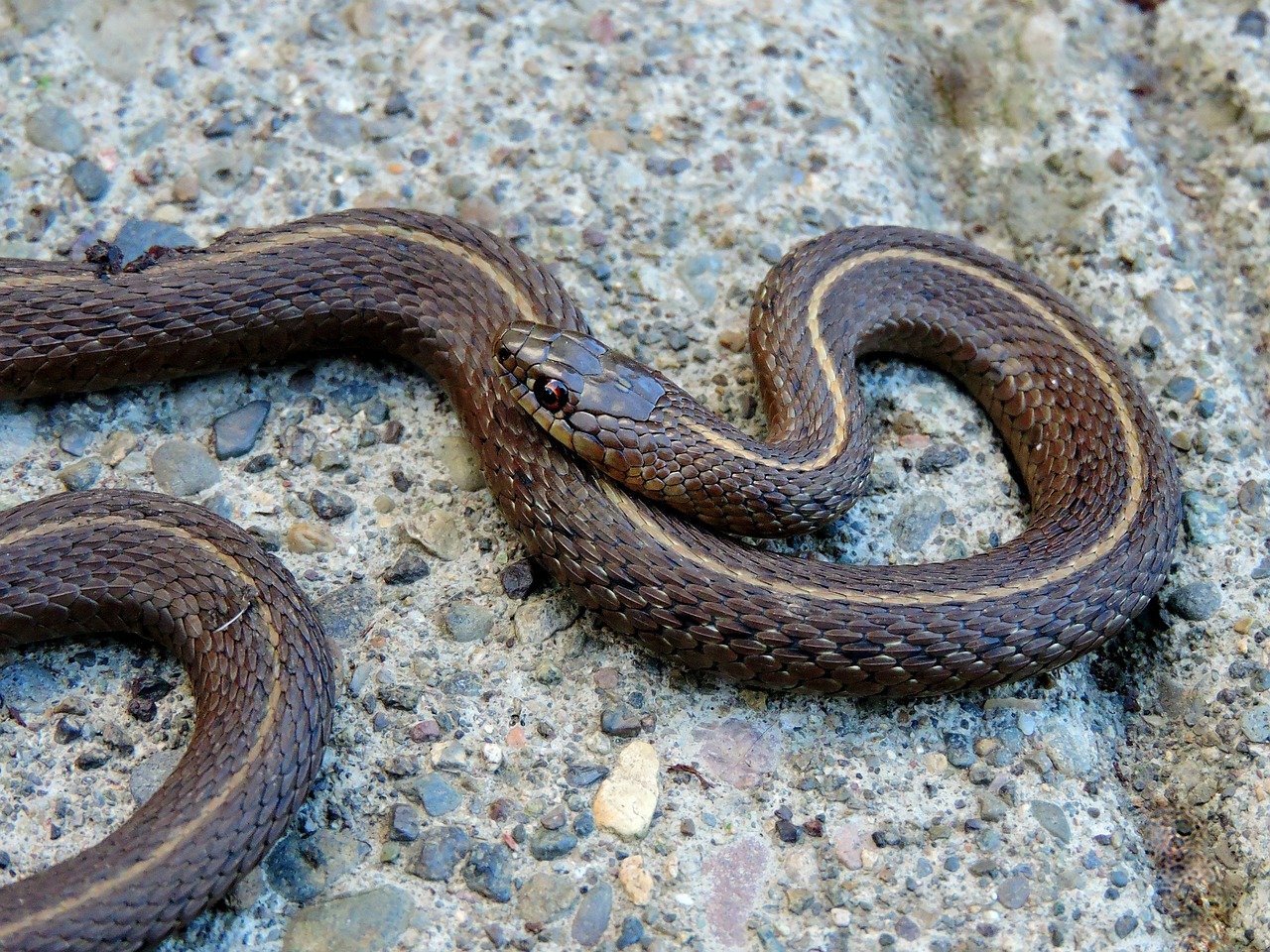
Garter snakes are generally hardy, but they can fall ill if their needs aren’t met. Watch for signs like lack of appetite, unusual lethargy, wheezing, or abnormal skin shedding. Mites, respiratory infections, and mouth rot are some common health concerns. If you notice any swelling, open-mouth breathing, or persistent soaking, it’s time to consult a reptile vet. Early intervention can make all the difference, so trust your instincts if something seems off. Keeping a close eye on your snake’s behavior and appearance is the best way to ensure a long, happy life together. Remember, your care can mean the difference between an ordinary and an extraordinary life for your pet.
Shedding: What to Expect and How to Help
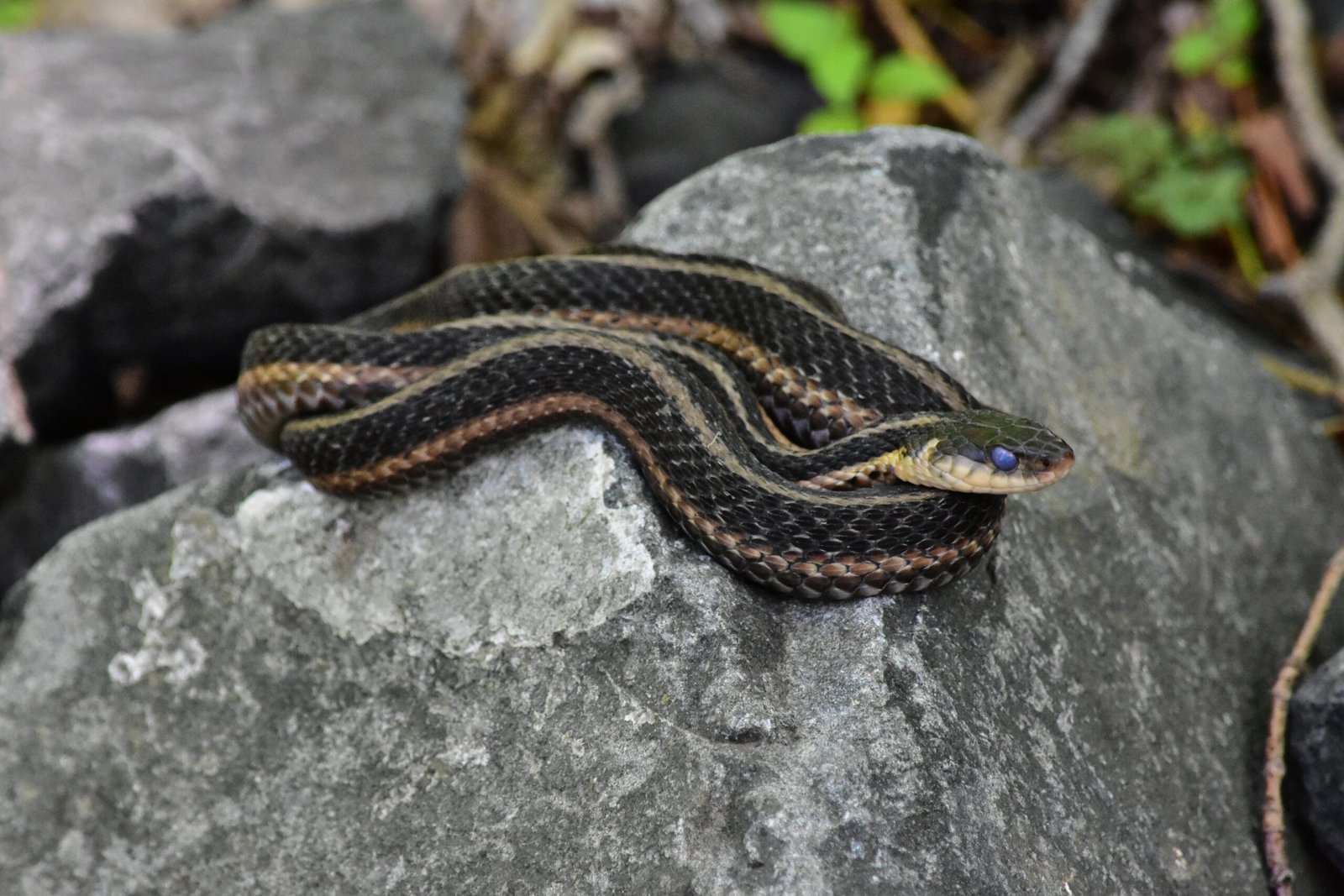
Shedding is a natural—and sometimes dramatic—part of your garter snake’s life. When your snake is ready to shed, its colors may dull and its eyes will turn cloudy or blue. This can last for several days. During this time, your snake may become more secretive or irritable. Ensure the humidity is slightly higher to help with the shedding process, and provide rough surfaces for your snake to rub against. After shedding, check that all the old skin has come off, especially around the eyes and tail tip. If bits remain, a gentle soak in warm water can help. Watching your snake emerge with fresh, bright colors is a magical moment—like seeing an old friend reborn.
Enrichment and Mental Stimulation
Keeping your garter snake mentally stimulated is just as important as meeting its physical needs. Change up the layout of the enclosure from time to time—move hides, add new branches, or swap out decorations. Offer different types of food or introduce food puzzles to encourage natural hunting behaviors. Some owners even allow their snakes supervised exploration outside the enclosure in a safe, enclosed area. A bored snake can become lethargic, while an enriched environment keeps them curious and lively. Think of enrichment as giving your pet a daily dose of adventure—something to look forward to and explore.
Long-Term Commitment and Care
Owning a garter snake is a long-term commitment; with proper care, they can live for 10 years or more. Life changes, travel, and evolving interests can all impact your ability to care for your snake, so consider these factors before bringing one home. Regular check-ups with a reptile vet, ongoing research, and connecting with other snake enthusiasts can help you provide the best possible care. Your garter snake relies on you for everything, from food and warmth to companionship and enrichment. It’s a responsibility that brings challenges, but also incredible joy. Are you ready to make a lifelong friend slither into your heart?
Caring for a garter snake is all about creating a simple, stable environment where it can thrive. With the right habitat, a proper diet, and gentle handling, these snakes can be fascinating and low-fuss companions. They’re curious creatures that often enjoy exploring and watching the world around them. Once you get the basics down, you’ll find that keeping a garter snake is both easy and rewarding. It’s a great way to enjoy the world of reptiles—without the overwhelm!





